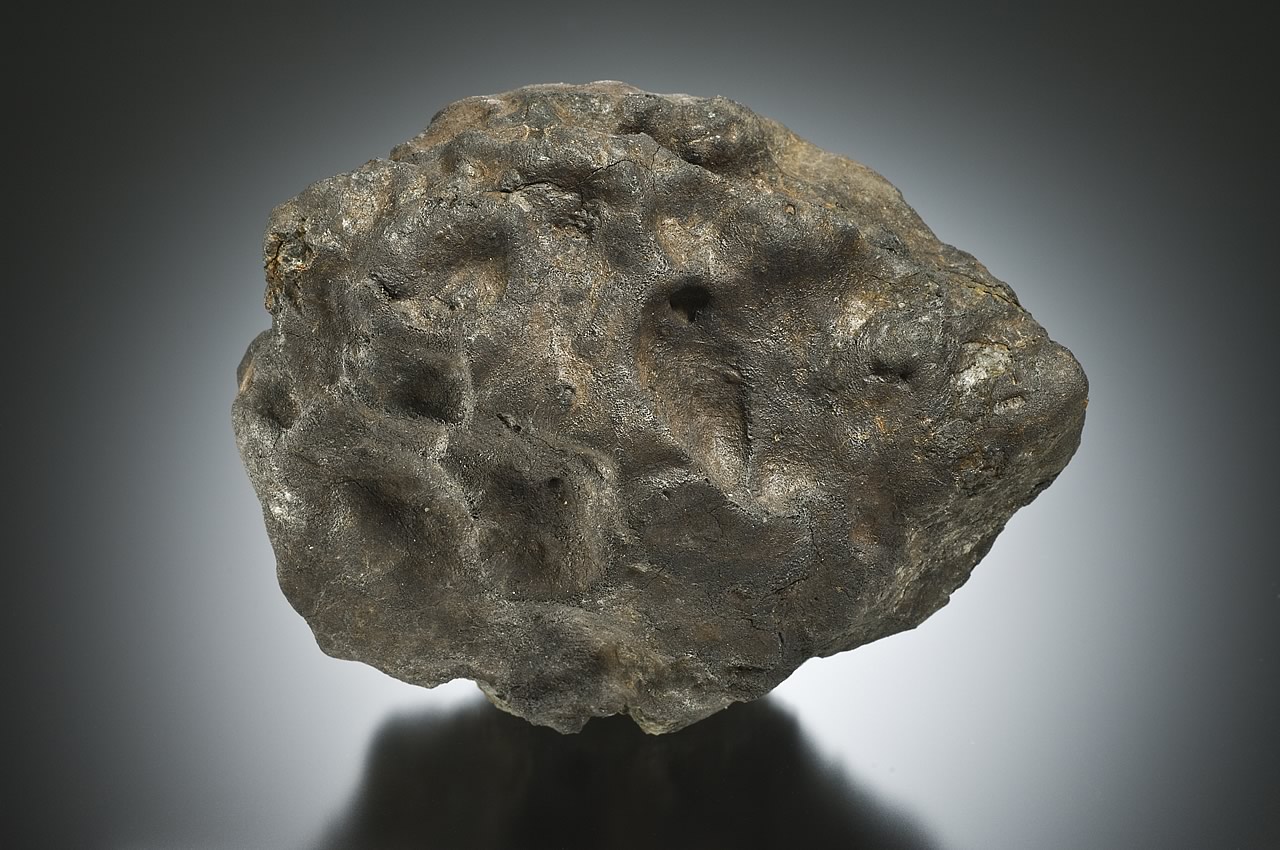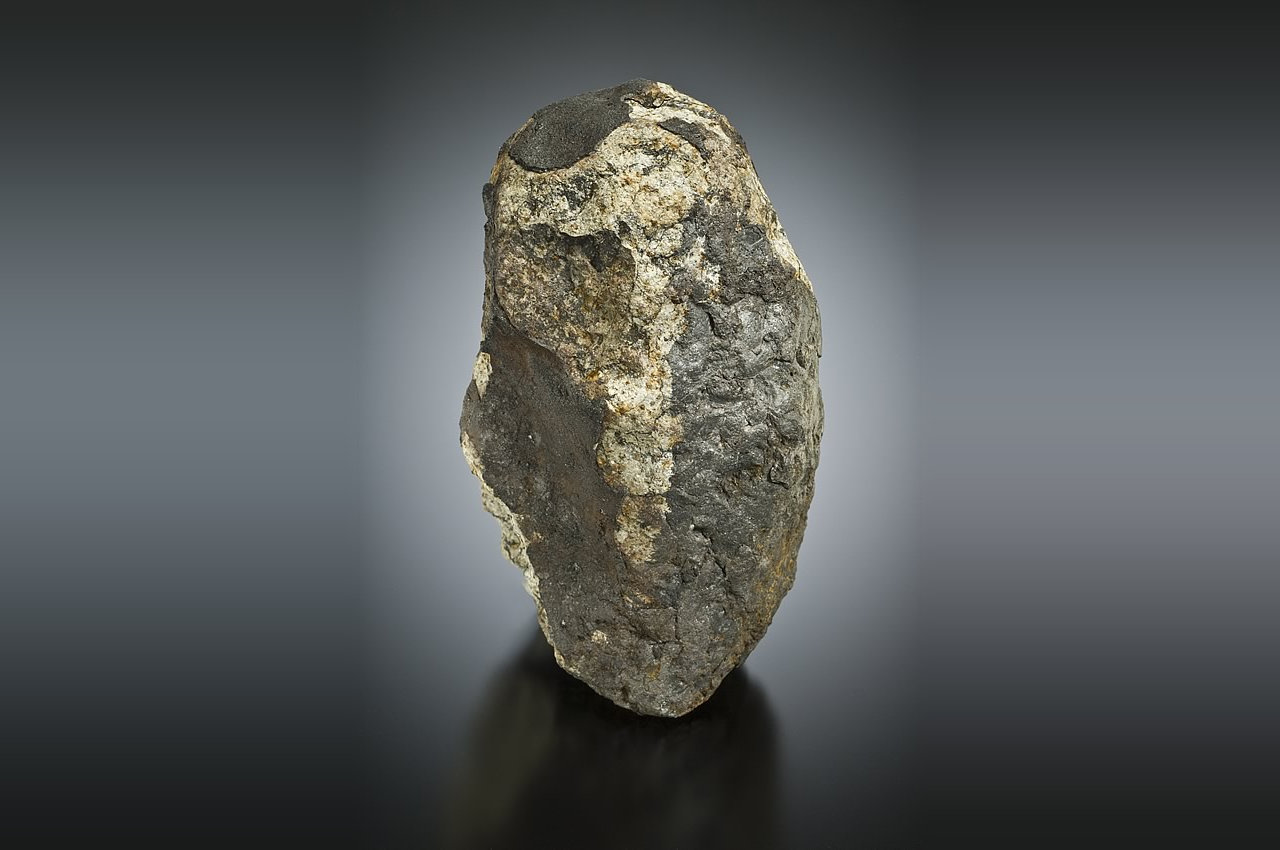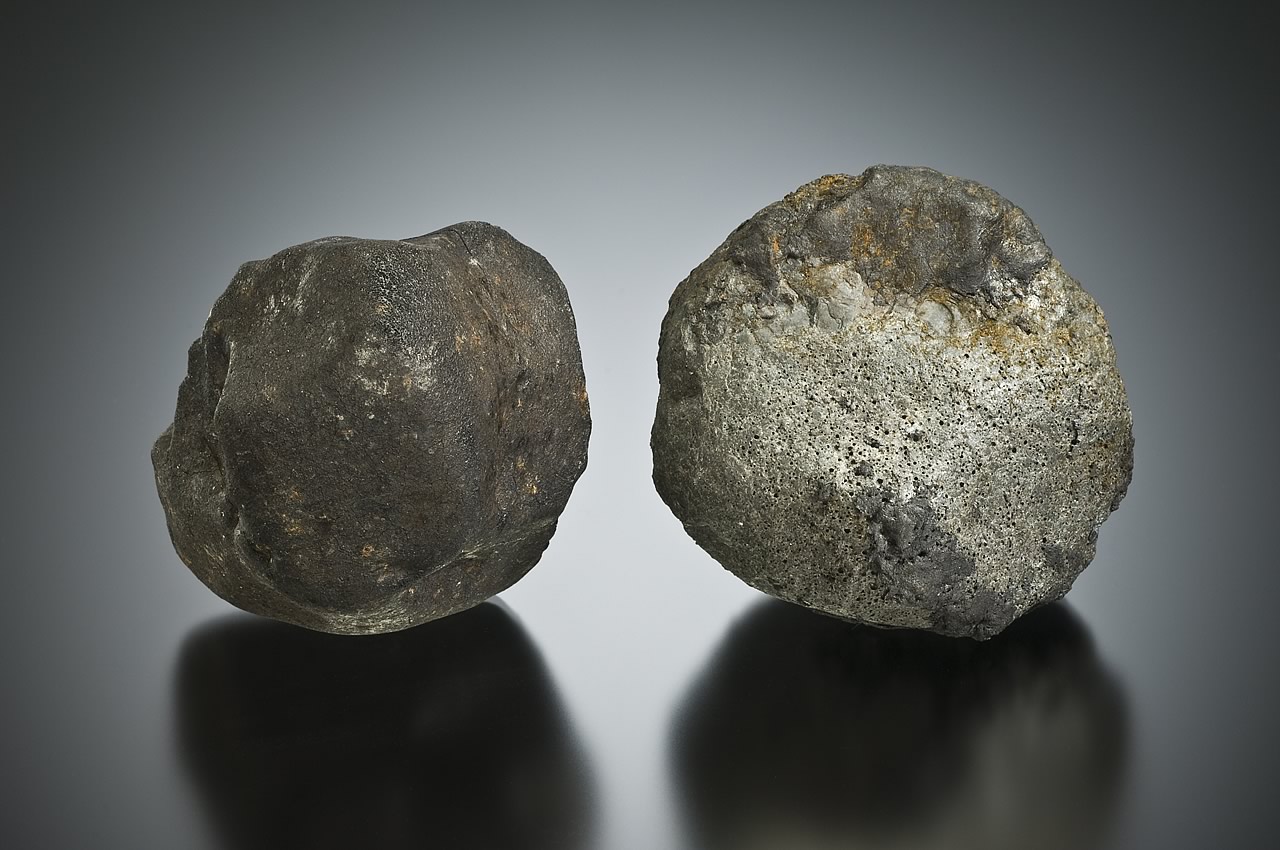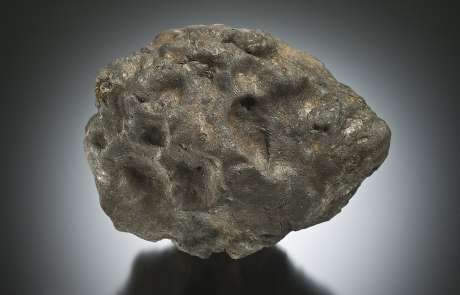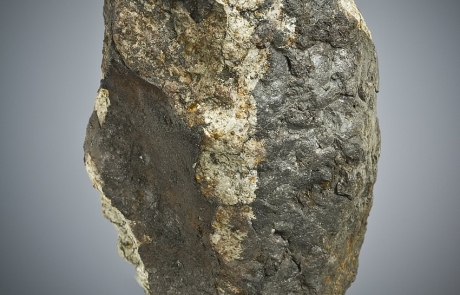Chelyabinsk
The Chelyabinsk superbolide rocked the Ural region of Russia on February 15, 2013 at 3:20 UTC. Entering the atmosphere at 43,000 miles an hour the meteoroid penetrated to an altitude of 18 miles, exploding in an air burst with a force equal to 500 kg tons of TNT and producing a light brighter than the sun.
Stunned onlookers gazed upwards at the meteor’s path marked by the huge persistent train stretching across the sky above the city of Chelyabinsk.
More than two minutes later the people below were pummeled by a violent airburst. The wave of destruction propagated across the region damaging tens of thousands of buildings across six cities. More than 1,500 victims were hospitalized for injuries, many from the flying debris of shattered windows, others from being thrown by the force of the shockwave.
The event was an awakening for the scientific community and governments of the world. No longer could they turn a blind eye to the certain risk that earth crossing astroids poses to the citizens of our planet.
Ward arrived in Chelyabinsk on April 23, 2013, and recovers the first find of the expedition the following morning. Ward personally recovered 19 stones from the historic fall, totaling just under 3 kilograms.
4 Photos
Details
| Location: | Chelyabinskaya oblast’, Russia 54°49’N, 61°07’E |
| Classification: | Ordinary chondrite, LL5 |
| Witnessed: | Yes |
| Fell: | February 15, 2013 |
| TKW: | TDB – > 1,000 kg |
|
|
|
| Links: | Meteoritical Society |


